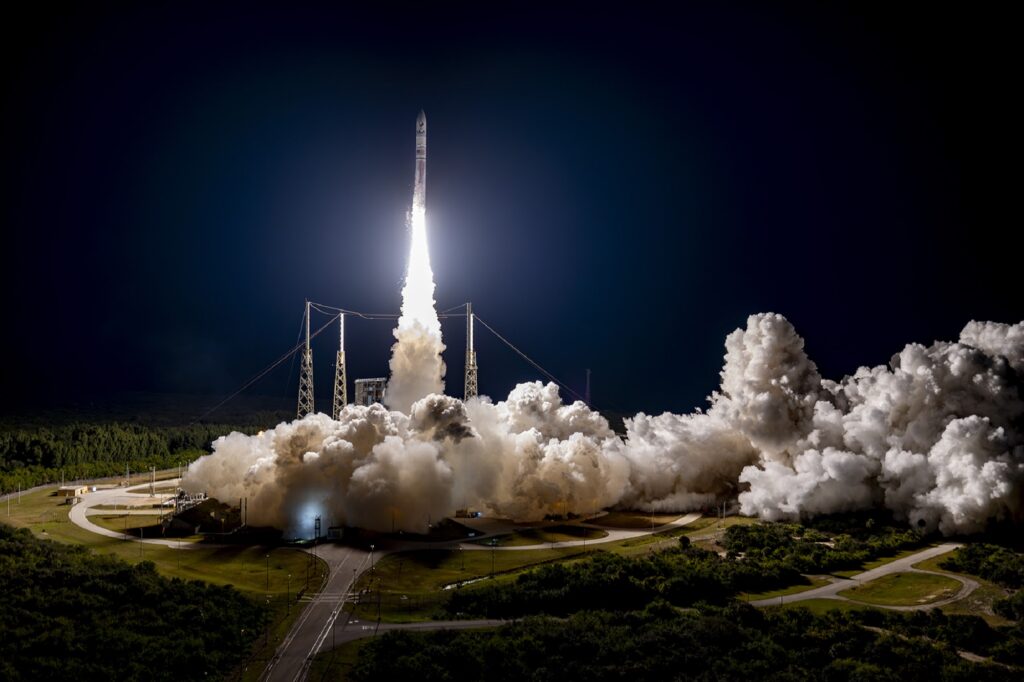United Launch Alliance (ULA) has successfully launched its Vulcan Centaur rocket from Space Launch Complex-41 at Cape Canaveral Space Force Station in the United States (US).
Onboard the commercially operated rocket is the Peregrine lunar lander which will travel to the Moon’s surface to carry out several scientific experiments on behalf of NASA.
The Vulcan rocket successfully took off on January 8, 2024, at 2:18 am local time with staff from ULA, a joint venture between Boeing and Lockheed Martin, nervously looking on.
It is the first time an organization from the US has carried out a mission to land on the Moon since 1972.
According to ULA the Peregrine lunar lander has already separated from the main rocket and should finally arrive on the Moon’s surface on February 23, 2024.
Once on the Moon’s surface, Peregrine, built by Astrobotic Technology, will commence five experiments for NASA, some of which are in preparation for US astronauts traveling to the lunar surface towards the end of 2024.
🎶 Fly me to the Moon 🎶@NASA science lifted off on a @ulalaunch Vulcan rocket at 2:18am ET with @Astrobotic’s Peregrine lander from Launch Complex 41 in Florida as part of the agency's Commercial Lunar Payload Services initiative and @NASAArtemis program. Peregrine is… pic.twitter.com/8TvULAN8t7
— NASA's Kennedy Space Center (@NASAKennedy) January 8, 2024
Peregrine’s payload also includes other scientific instruments for customers including the Mexican government and the lunar lander will also deliver human remains in the form of ashes on behalf of two space burial companies.
“Vulcan’s inaugural launch ushers in a new, innovative capability to meet the ever-growing requirements of space launch,” Tory Bruno, ULA’s president and CEO, said. “Vulcan will provide high performance and affordability while continuing to deliver our superior reliability and orbital precision for all our customers across the national security, civil and commercial markets. Vulcan continues the legacy of Atlas as the world’s only high-energy architecture rocket.”

